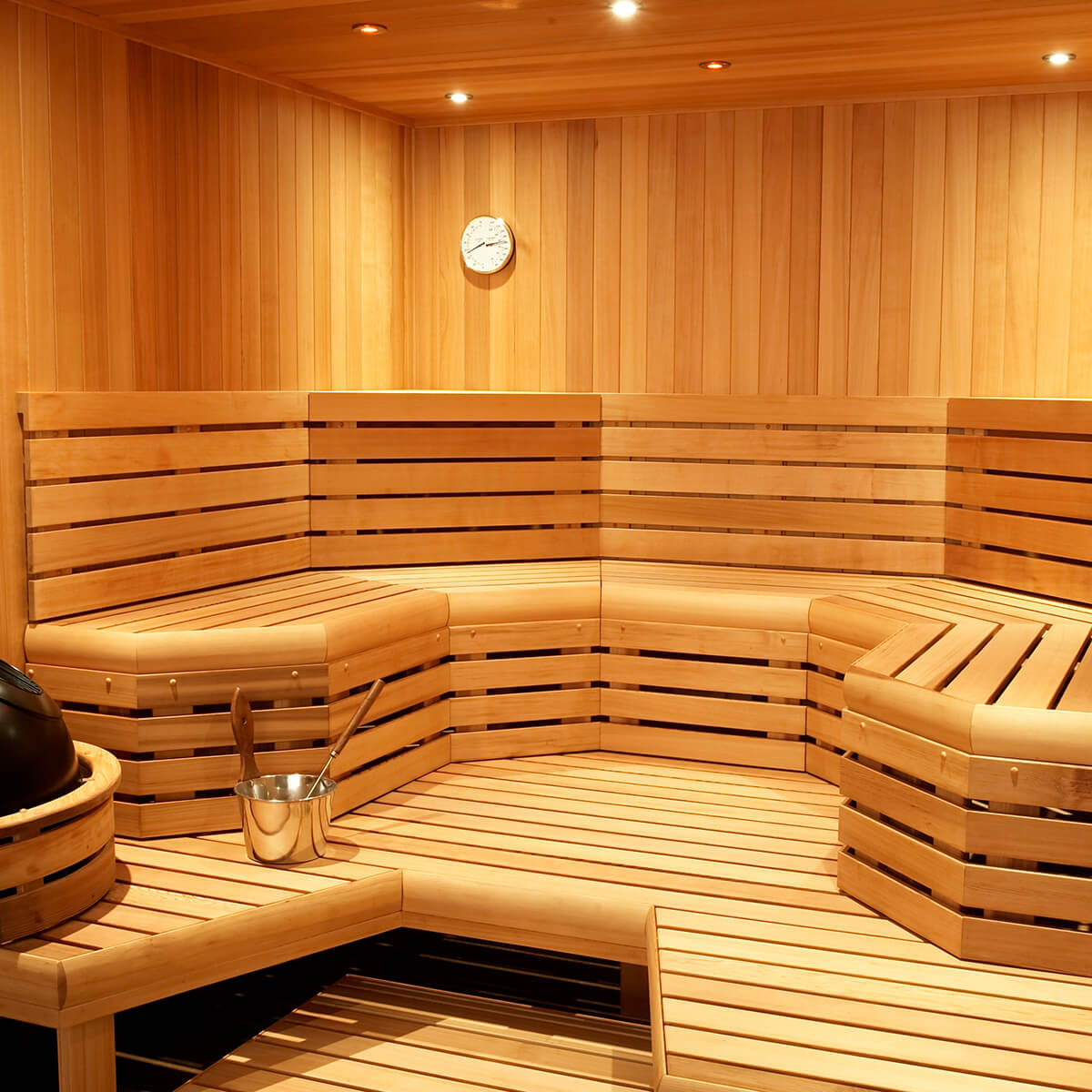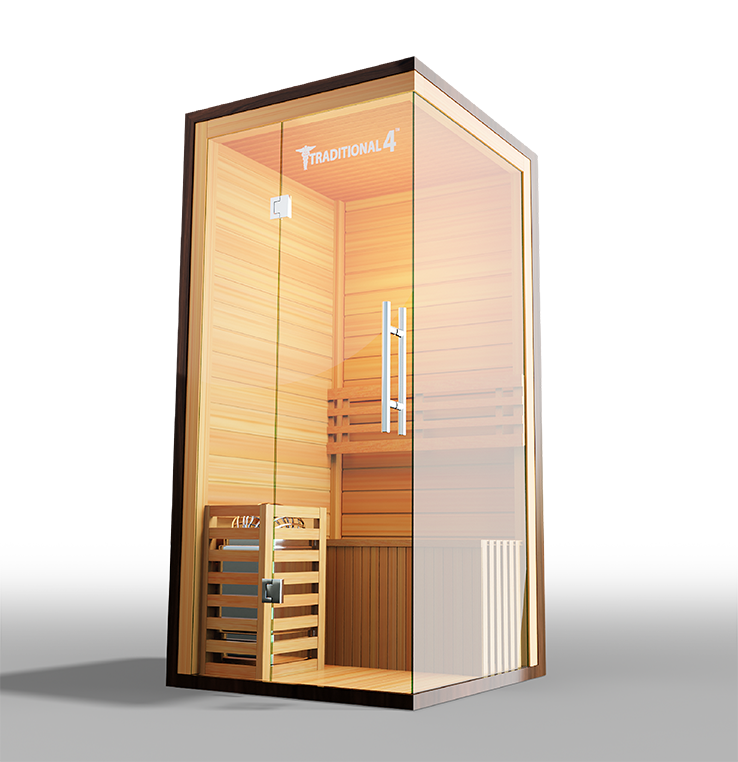The Basic Principles Of Traditional Sauna
The Basic Principles Of Traditional Sauna
Blog Article
Top Guidelines Of Traditional Sauna
Table of ContentsAn Unbiased View of Traditional SaunaHow Traditional Sauna can Save You Time, Stress, and Money.Top Guidelines Of Traditional SaunaThe Best Strategy To Use For Traditional SaunaA Biased View of Traditional Sauna
Most of the weight lost in a sauna is water loss and is re-gained upon rehydrating. Without a question sauna can be an essential part of a healthy weight loss program. To consider the differences in between typical and IR saunas, I will separate these right into verifiable, academic, and fabricated distinctions.Thus, the most popular point in the saunawhich goes to the ceiling straight above the sauna heateris commonly in between 185 and 190 F. Claims that a conventional sauna surpasses 200 F is just not real and not suitable for electric saunas marketed in the US. The temperature for a far-infrared sauna is generally set in between 120 and 140 F; nonetheless, unlike the typical sauna, the objective in and IR area is not to attain a high temperature level.
Due to this, the temperature distinction is practically unnecessary, since extreme sweating leads to both sauna kinds, but the approach of warming the body is various. In an IR sauna the bather will really feel warm and will sweat profusely, however at a lot lower temperature levels (Traditional Sauna). Therefore, if the objective is to spend longer amount of times in the sauna, the IR sauna is a great selection
When a standard sauna has been correctly heated up, the sauna wall surfaces are cozy, the air temperature level has attained established temperature and the rocks are very heated. As a fascinating side note, the warmed wall surfaces and the rocks are sending out far-infrared warm, incorporated with the heated air, to create an "covering warm".
The Of Traditional Sauna

When the heat is attained, the elements cycle on and off to keep the heat. Most conventional sauna users enjoy putting water over the rocks to develop heavy steam to elevate sauna moisture degrees. The benefits of putting water over the rocks include: making the room much more comfortable, moistening the nasal flows, and enabling the usage of aromatherapy by mixing important oils with the water.

When the energy goes into the body, it creates the body temperature level to raise and inevitably causes sweat. In an infrared sauna it is necessary for the emitters/heaters to continue to be on virtually constantly. Because there is no mass of rocks to maintain warmth, the sauna will cool down if the emitters closed off.
As mentioned over, the sauna bather in an infrared area wishes to place himself in front of running emitters to get maximum gain from the warmth. The home heating time for the 2 spaces can be very different, relying on how the rooms are made use of. For a standard sauna, a bather must permit 30-40 minutes for the room to attain a preferred temperature and to appropriately pre-heat the rocks.
How Traditional Sauna can Save You Time, Stress, and Money.
A well constructed sauna will typically attain a temperature of 150-160 F in about 30-40 minutes. For hotter temperature levels, the area might require to warm for a longer duration. Once the area accomplishes set temperature, the heating system will certainly cycle on and off, commonly operating regarding 50% of the moment. The shielded wall surfaces and the heated rocks will maintain the room warm and at stable temperature levels.

Standard this page saunas have a tendency to be larger (hence utilize more power) than infrared saunas, although conventional saunas are certainly readily available in one and 2 person dimensions as well. For a two-person traditional sauna, 5x6 or 5x7 size is most preferred. The leading bench can comfortably seat 2 or three individuals and is also enough time to rest throughout the sauna session.
8 Easy Facts About Traditional Sauna Explained
The average price per kWH of power in the U.S. is around $0.11, so a 4.5 kW heating system will certainly cost roughly $.50 to run for one hour, have a peek at this website if the heater runs constantly for one hour. Generally a sauna heating unit will run for 75% of the initial hour and 50% of succeeding hours on since the elements cycle once the set temperature is achieved.

There is a hardly ever discussed distinction in the social experience between the 2 spaces. While our society has lost several of the social advantage of the conventional sauna experience, it can be really socially fulfilling (Traditional Sauna). From family members time in the sauna, to heart-felt discussions with substantial others, to sauna partiesthe conventional sauna experience can bring about intimate interacting socially
Some Known Details About Traditional Sauna
A lot of higher end infrared spaces consist of colored light treatment, stereo and full-glass fronts. The size of the majority of spaces permit for 2 people to pleasantly use the space, while some layouts may allow for a third or 4th individual to use the space. Customized infrared spaces are also offered, with room sizes readily available as much as 7' x 8' x 7' high.
Report this page